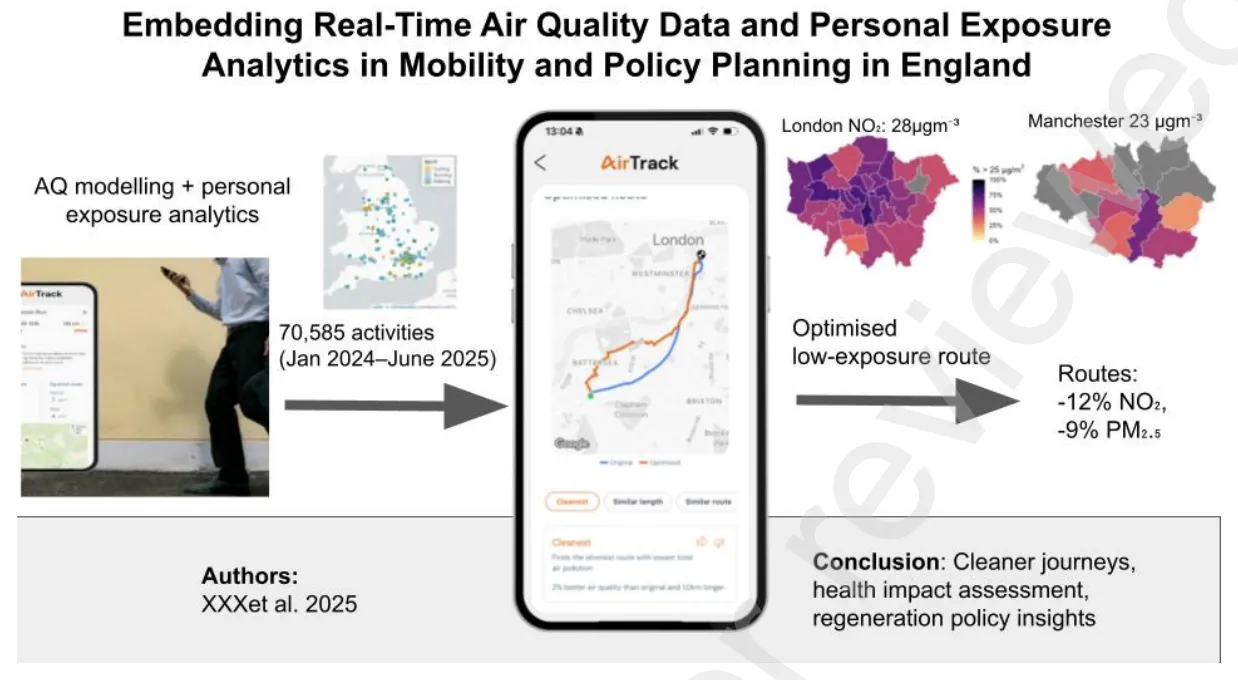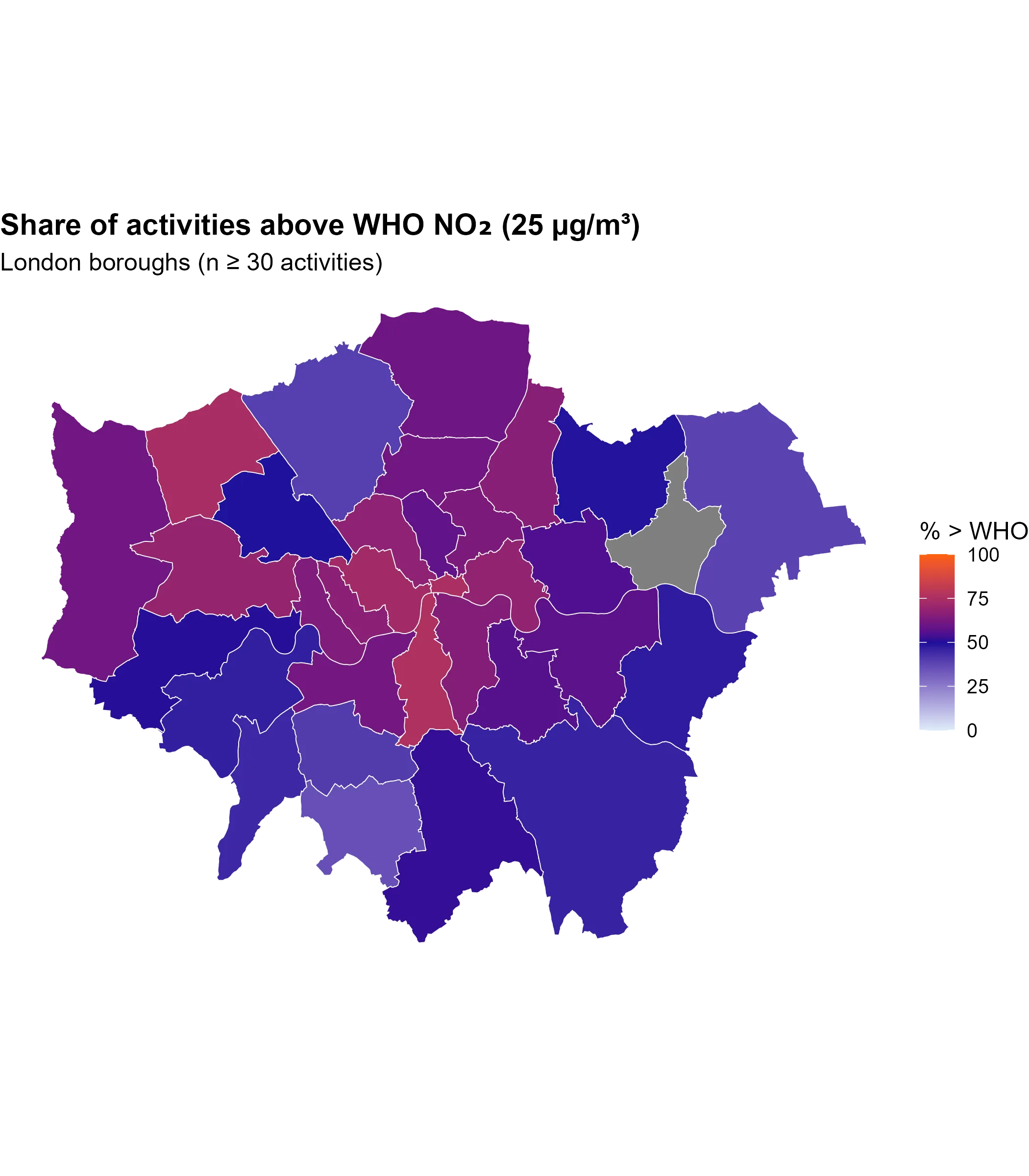International Air Quality Standards
.webp)
With air quality standards varying widely across the globe, how can we accurately assess the safety of the air we breathe?
Air quality standards are the maximum level of pollutants in the air that are considered safe for people and the environment. These standards vary widely between countries, making it difficult to compare pollution levels across regions. One key difference is whether they use a composite or non-composite system. A composite air quality index (AQI) uses one value to represent overall air pollution levels, accounting for every pollutant measured. A non-composite AQI focuses on the average values for each individual pollutant. Another major distinction is the timeframe index, which determines how pollutant levels are averaged over time. Additionally, each country categorises AQI differently, using different thresholds, colours, and descriptions to convey pollution severity. At Air Aware Labs, we recognise these challenges and use the World Health Organisation's (WHO) guidelines to provide consistent, health-focused air quality insights. The following sections explore how different countries measure and categorise air quality, highlighting the need for standardised global reporting.
In the United States, the Environmental Protection Agency (EPA) sets the standards for air quality levels using a composite index that measures five key pollutants:
- Ground-level ozone (O3)
- Particle pollution (PM2.5 and PM10)
- Carbon monoxide (CO)
- Sulfur dioxide (SO2)
- Nitrogen dioxide (NO2)
The AQI is categorised into six colour-coded levels, ranging from “Good” to “Hazardous,” providing a clear indication of potential health risks. The time-frame index varies by pollutant:
- Ground-level ozone is measured over an 8-hour period
- Particle pollution is measured over a 24-hour period
- The remaining pollutants are measured as the highest of 8 hours or hourly concentration in the past 24 hours
The Department for Environment, Food & Rural Affairs (DEFRA) sets air quality standards in the United Kingdom using a non-composite index that tracks:
- Ground-level ozone
- Nitrogen dioxide
- PM2.5 and PM10
- Sulfur dioxide
Unlike some other systems, the UK index features ten colour-coded categories for more detailed air quality classification.
- The first three levels uses shades of green, indicating relatively clean air
- Moderate pollution is shown in yellow and orange
- High/severe pollution levels are shown in red and purple
All pollutants in the UK are measured on a 24-hour basis.
The European Union’s air quality standards are measured by the European Air Quality Index using a non-composite system. The EU tracks the same pollutants as the UK, but categorises them into six colour-coded levels, rather than ten.
- PM2.5 and PM10 are measured hourly
- Nitrogen dioxide, sulfur dioxide, and ground-level ozone are measured using 24-hour averages
India’s air quality standards are measured by the Central Pollution Control Board (CPCB), using a composite AQI system. The index includes:
- PM2.5 and PM10
- Ground level ozone
- Carbon monoxide
- Nitrogen dioxide
- Sulfur dioxide
- Ammonia
- Lead
They divide the scale into six categories ranging from “Good” to “Severe”.
- Carbon monoxide and ground-level ozone are measured every 8 hours.
- The remaining pollutants are on 24-hour averages.
China’s Ministry of Ecology and Environment (MEE) also uses a composite AQI system, with six sections, similar to India’s system. MEE measures:
- PM2.5 and PM10
- Nitrogen dioxide
- Sulfur dioxide
- Ground-level ozone
- Carbon monoxide
Time-frame index values:
- Ground-level ozone is measured hourly and up to 8 hours per day
- PM2.5 and PM10 are measured every 24 hours and annually
- Nitrogen dioxide, sulfur dioxide, and carbon monoxide are measured hourly, every 24 hours, and annually



While air quality indices are essential for monitoring pollution, the differences in how each country measures and reports air quality pose challenges when making global comparisons. Countries such as the U.S., India, and China use a composite system, where a single AQI value represents overall pollution, while the UK and EU use non-composite systems, reporting individual pollutant levels separately. This difference complicates direct comparisons, especially since not all countries measure the same pollutants—for example, India includes ammonia and lead, whereas the U.S. does not. Additionally, timeframe variations further obscure comparisons, as pollutants are measured using different averaging periods—1-hour, 8-hour, 24-hour, or even annual values—affecting how short-term pollution spikes or long-term exposure are reflected.
Finally, AQI thresholds, color codes, and health categorisations vary, meaning that what is considered ‘moderate’ air pollution in India would be classified as ‘unhealthy’ in the United States. These variations make it difficult to rely on air quality indices as a consistent measure of pollution across countries. It also makes it difficult for community members, athletes, and policymakers to directly compare air quality across regions, highlighting the need for greater standardization in air quality reporting.
Air Aware Labs
At Air Aware Labs, we address this challenge by using WHO guidelines in AirTrack to provide personalised, globally informed insights about air quality. WHO standards offer a science-backed, health-focused benchmark that allows us to provide clear, consistent air quality information, regardless of location. By aligning our exposure metrics with the WHO short-term guidelines, we empower individuals to make informed decisions about when and where to exercise safely, bridging the gap between varying air quality indices worldwide.
Written by Abigail Manthous, overseen by Dr Will Hicks


.svg)











